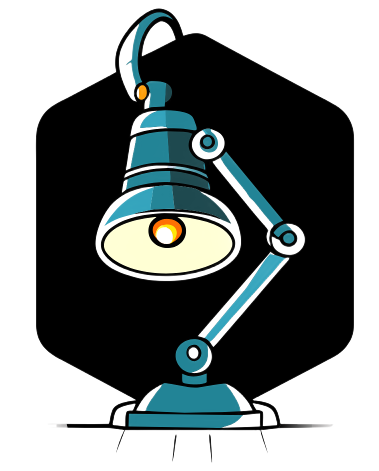To enable the Telnet client on Windows, follow these steps:
- Search for "Control Panel" in the Start menu.
- Choose "Programs."
- Select "Programs and Features."
- In the left pane, choose "Turn Windows features on or off."
- Check the box next to "Telnet Client."
To enable Telnet on CMD, follow these steps:
- Open the Command Prompt by typing "cmd" in the "Open" field of the "Run" panel.
- In the Command Prompt window, type "pkgmgr /iu:TelnetClient" (without quotes) and press "Enter."
This is how Telnet is used:
- Enter the IP address or hostname of the machine to access Telnet.
- Enter your username and password using
% telnet "IP address". - Enter a command.
- Unlock Telnet.
- Type "yes" to save the changes and then press "Enter."
SSH authentication uses public key authentication to ensure the identity of the remote server and provides secure encryption to prevent data interception. It can also perform all the functions of Telnet.
Telnet is a protocol that allows the transmission of signals and is based on the exchange of data through TCP connections. Telnet allows remote control of computers using text-based input and output.
The HyperText Transfer Protocol (HTTP) is an application-level protocol used as the main system for transmitting information on the web, in client-server architecture, telecommunications, and computer science.
Using Telnet to access a host means that anyone with access to a router, switch, or gateway on the network between the two hosts communicating via Telnet can intercept the packets passing through it and obtain anything being exchanged (including usernames and passwords) using programs like tcpdump.
While HTML (Hypertext Markup Language) defines the structure of a website, HTTP controls how this page is transferred from the server to the client. The third concept, the URL (Uniform Resource Locator), defines how a resource, such as a website, is addressed on the web.
An HTTP request is the data request sent from our browser to the web server. The first line contains the method (GET), followed by the URL of the desired resource and the version of the protocol used.
